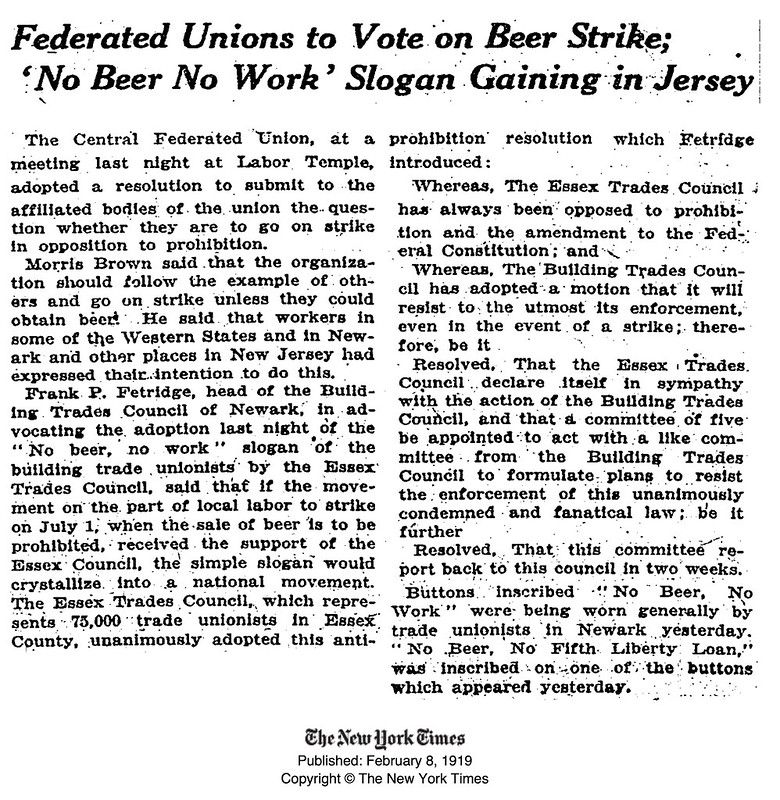
Sunday’s ad is for the Pennsylvania State Brewers Association, from 1915, No. 23 in series they did from 1915-17 called “Facts Versus Fallacies.” I have no idea how many were done but some of the them are numbered high into double digits, suggesting there were a lot of them, all in an effort to stop Prohibition from happening and win over support for beer. This ad, marked “23,” ran in the Philadelphia Evening Public Ledger April 17, 1915. This one rebuts arguments made earlier in April at a public hearing that took place in Harrisburg.









































